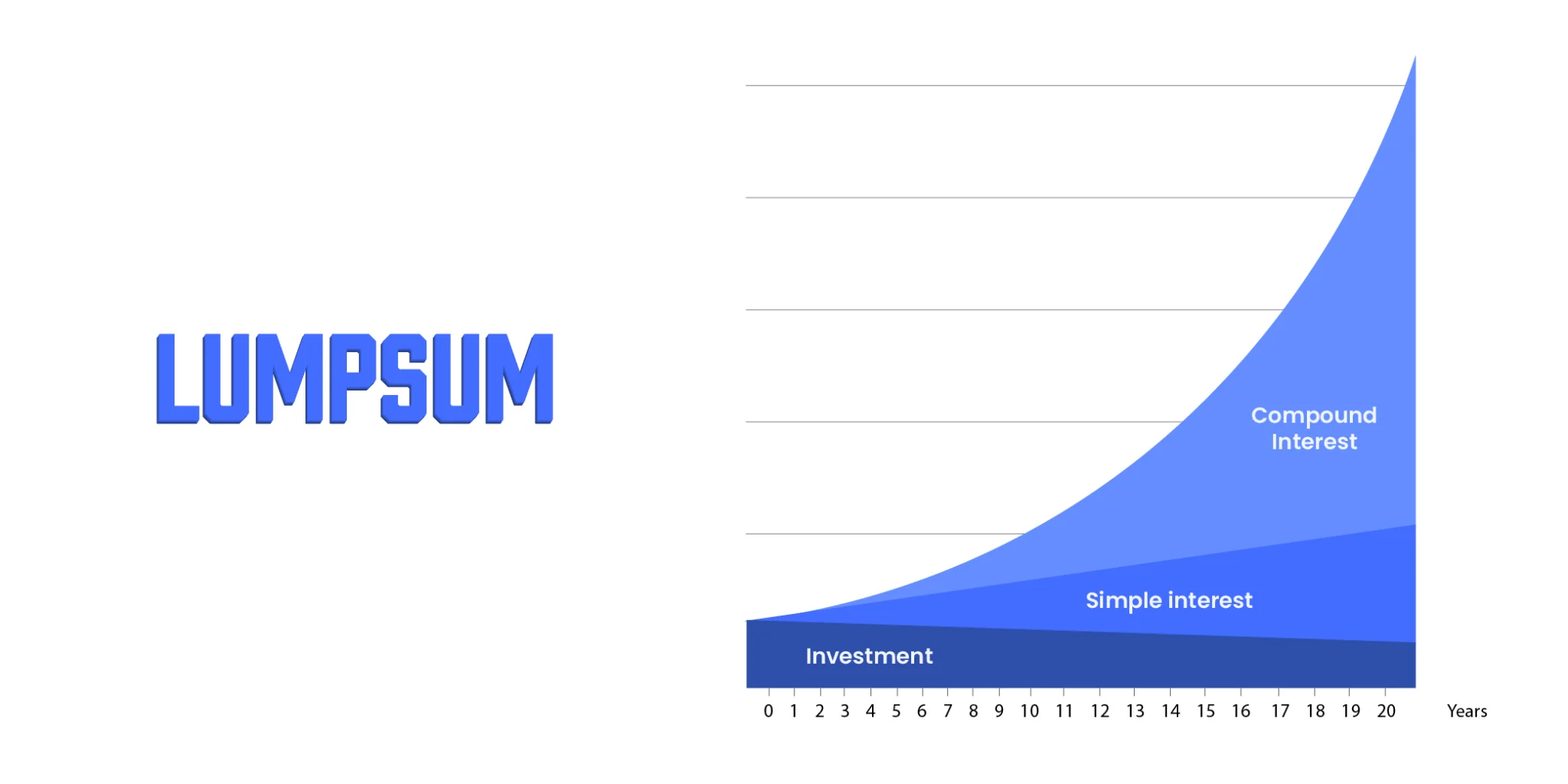As we gear up for the Union Budget 2024, all eyes are on Finance Minister Nirmala Sitaraman and the announcements. The mutual fund industry, a crucial player in India’s financial landscape, is expecting major announcements. We are breaking down some of them in this blog.
All of India is eagerly waiting for the Union Budget 2024, as Prime Minister Narendra Modi’s party has formed the government for the third time. In this blog, we are discussing what mutual fund investors can expect from the Finance Minister in this upcoming Budget session.
Fiscal Consolidation
Fiscal discipline refers to how well the government manages its spending and borrowing to ensure economic stability. It directly impacts many major factors such as domestic liquidity (availability of money in the economy), currency movement (value of the rupee against other currencies), inflation (rate at which prices of goods and services rise), interest rates (cost of borrowing money), and indirectly, the outlook for the equity market.
A senior fund manager at Tata Asset Management told 5paisa that the primary focus of the upcoming budget will be on the government’s fiscal deficit targets. For the fiscal year 2024-25, the government’s target is to achieve a fiscal deficit of 5.1% of GDP.
Looking ahead to FY26, the target is to bring the deficit below 4.5% of GDP. These targets indicate the government’s commitment to managing its finances carefully amidst economic priorities and upcoming elections. Achieving these targets is important for maintaining investor confidence and supporting sustainable economic growth.
Infrastructure and SME Sector
Many mutual fund experts, as mentioned by 5paisa, believe that the Finance Minister will focus on two main areas in the upcoming budget. They are
- Controlling government spending &
- Boosting key sectors like infrastructure and small businesses.
They expect increased support for social welfare in rural areas, with states contributing resources. Infrastructure improvements will be a priority to address supply chain challenges, and efforts to stimulate growth in the SME (Small & Medium Enterprises) sector are anticipated.
Market Borrowings
Some experts expect that the government may reduce its borrowing requirements after receiving a huge dividend payout from the RBI. Looking at economic growth, experts suggest that the budget might emphasize increased capex on infrastructure, agriculture, and manufacturing to boost broad-based development.
Stimulus For Higher Private Sector Capex
The mutual fund industry is hoping for steps that will encourage private companies to raise their spending on building new factories and expanding operations. Stock market performance depends on how much companies earn. These earnings are driven by how much business activity happens in the country.
If the government continues to manage money diligently and keeps economic policies stable, and if there is a strong demand for goods and services, private companies might feel more confident about investing more money to raise their production capacity. This would help them meet future demand for their products.
Long-Term Capital Gains Tax
Currently, listed equity shares and equity-oriented mutual funds attract a Long Term Capital Gains Tax (LTCG) of 10% (plus applicable surcharge and cess) if the LTCG exceed a limit of ₹1 lakh. It is proposed that the LTCG on listed equity shares or units of equity-oriented mutual funds be increased to ₹2 lakh for a holding period of more than a year and up to 3 years and taxed at 10%. But when the holding period is more than three years, the LTCG on listed equity shares or units of equity-oriented mutual funds be exempt.
Tax Concession In Debt Mutual Funds
Last year, with effect from April 1, 2023, the capital gains on debt funds, irrespective of Short-Term Capital Gains (STCG) and LTCG were made taxable at the marginal rate of taxation i.e. as per the assessee’s income-tax slab. Thus, the indexation benefits have been removed from debt mutual funds. Hence, the Indian mutual fund industry is requesting that the capital gain on units of debt-oriented mutual funds held for more than 3 years be taxable at 10% without indexation.
The Threshold Limit of Withholding Tax
At present, the threshold limit of ₹5,000 per annum for TDS on income distribution or dividends on mutual funds is very low. It is requested to increase the limit to ₹50,000 per annum to reduce the hardships faced by retail investors.
Taxation On Gold and Gold Mutual Funds
At present, gold mutual funds are classified as non-equity-oriented mutual funds i.e. debt funds for taxation purposes. So, gold mutual funds attract the same taxation rule as debt mutual funds.
The mutual fund industry is of the view that taxation for gold mutual funds should be made attractive to reduce dependence on imports of physical gold. Hence, it is proposed that gold mutual fund schemes should be taxed in accordance with capital gains taxation on the underlying commodity and not as debt / non-equity instruments.
Debt Linked Savings Scheme (DLSS)
The Indian mutual fund industry has proposed introducing DLSS to deepen the Indian bond market. DLSS would help channel household savings into the bond market and help deepen it. It would offer retail investors an alternative fixed-income option with tax breaks. This can also help them to participate in bond markets at low costs and lower risk as compared to equity markets.
On top of that, it is proposed that investment in DLSS up to ₹1.5 lakh be eligible for deduction under a separate sub-section and be subject to a lock-in period of 5 years. This shall make DLSS on par with bank fixed deposits as regards taxation.
Pension-Oriented Mutual Fund Schemes (MFLRS)
The industry is of the view that allowing mutual funds to launch MFLRS would bring pension benefits to millions of Indians in the unorganized sector. On top of that, empirical evidence suggests that tax incentives are important in channeling long-term savings.
The Definition of Equity-Oriented Mutual Funds
The mutual fund industry is expecting the government to amend the definition of equity-oriented funds to include investment in Fund of Funds (FoF) schemes. By changing the definition as above, the equity-oriented FoFs will be considered on par with other equity-oriented mutual funds and listed equity shares. In simple words, what the mutual fund industry is asking for is tax parity between equity mutual funds, FoFs investing in equity-oriented mutual funds, and direct equity (listed) shares.
Equity Linked Savings Scheme (ELSS)
Investment in ELSS funds can be used to claim a deduction under Section 80C of up to ₹1.5 lakh in the financial year in which the investment is made. However, the regulation stipulates that the minimum amount to be invested in ELSS funds should be 500 and it should be in multiples of ₹500.
The problem is there are practical difficulties in this rule. In the case of the inter-scheme switch facility i.e. switching investment from another mutual fund scheme/s to an ELSS fund, when the switch amount is not exactly in multiples of ₹500, the transaction is either rejected or fund houses have to make a refund of the fractional amount which is not in multiples of ₹500.
This causes inconvenience to investors, such as a loss of investment opportunity, and tax benefits, adds to the operational work at the fund house, and for the fund house the rejection of investment or refund of fractional sum that is not in multiples of ₹500, is a loss of business or inflows.
On top of that, even if the investor invests in multiples of ₹500, the growth in the value of investment in ELSS available for redemption (after the 3-year lock-in period) is not in multiples of ₹500 and would never be a round amount.
Surcharge On TDS In Respect Of NRIs
The amount paid/credited to NRIs whether it is dividend and/or capital gains upon redemption of mutual fund units is subject to TDS. The surcharge applicable on the TDS is as per the income slab and varies depending on the amount paid/credited. On top of that, there is a health and education cess of 4% is levied.
The problem is that there is a lack of uniformity in the rate of surcharge on the TDS applied by various mutual fund houses. There are many complaints from NRI taxpayers as they demand a uniform rate of surcharge on TDS to be applied across all mutual funds.
In Conclusion
The Union Budget 2024 holds a lot of importance for the mutual fund industry. The right policy decisions can help increase the attractiveness of mutual funds, encourage long-term investments, and ultimately contribute to the growth of India’s capital markets. As the Finance Minister finalises the budget, the mutual fund industry remains hopeful that their wishlist will be considered. This can help pave the way for a strong and investor-friendly financial ecosystem.









Leave a Comment